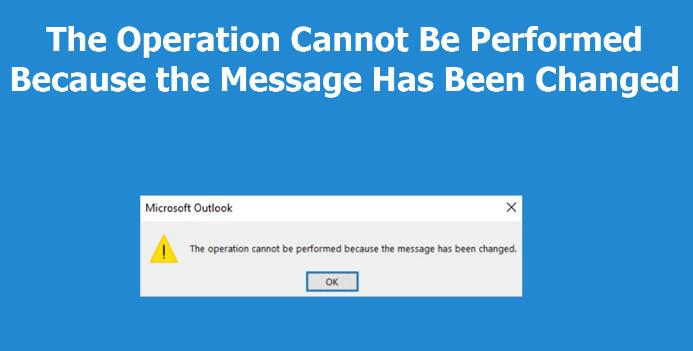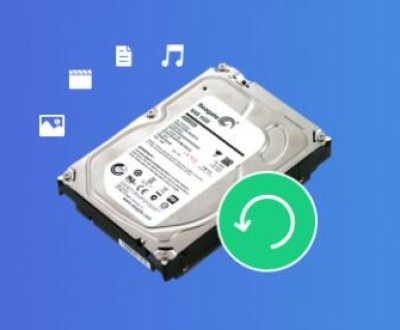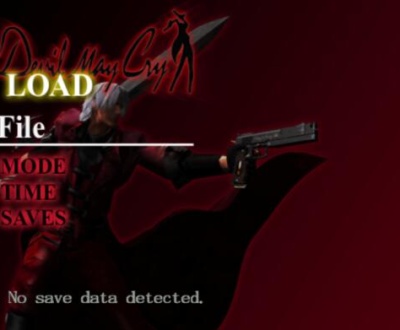The error message “The operation cannot be performed because the object was deleted” typically occurs in the context of software systems, databases, or file operations where an action is attempted on an object that no longer exists in the system. This could happen in various scenarios, such as database management, file handling, or software development.
1. Understanding the Error
Nature of the Object: In most systems, an “object” refers to an entity such as a file, database record, user session, or any other data structure that is stored and managed by the system.
Deletion of Object: When an object is deleted, it is removed from the system’s active storage, meaning that it no longer exists in the form it once did. The deletion could be intentional (e.g., user-initiated deletion) or unintentional (e.g., due to system errors or automatic cleanup processes).
Attempted Operation: The operation in question could be any action that interacts with the object, such as updating a record, opening a file, or accessing a resource. When the system tries to perform this operation, it discovers that the object is missing, leading to the error message.

2. Common Scenarios Leading to This Error
File Handling: In file systems, this error might occur if a file is deleted or moved to a different location while a process is still trying to access it. For example, if a user deletes a file from their computer while a program is still trying to read from or write to it, the program may throw this error.
Database Operations: In databases, this error can arise if a record that is being accessed by a query or operation is deleted by another process. For instance, in a multi-user environment, one user might delete a record while another is trying to update it, leading to a conflict.
Session Management: In web applications, sessions are often treated as objects. If a session is terminated or times out, any subsequent operations that try to access the session data may result in this error.
API Calls: When interacting with third-party services via APIs, this error may occur if the resource being accessed is deleted on the server side while the client is still trying to interact with it.
3. Root Causes
Concurrency Issues: In environments where multiple processes or users interact with the same data, concurrency issues can lead to one process deleting an object while another is still using it. This is common in multi-threaded applications and distributed systems.
Synchronization Problems: Lack of proper synchronization between different parts of a system can lead to timing issues where one part of the system deletes an object that another part is still using.
Human Error: Manual deletion of files, records, or other objects by users or administrators without proper checks can lead to this error.
Software Bugs: Flaws in the software logic, such as improper handling of object references or failure to check the existence of an object before performing an operation, can cause this error.
4. Impact and Consequences
Data Integrity Issues: If the error occurs frequently, it could indicate underlying problems with data integrity, especially in critical systems like databases. This could lead to inconsistent data, corrupted files, or loss of important information.
System Reliability: Persistent occurrence of this error could reduce the reliability of the system, leading to crashes, unhandled exceptions, or degraded performance.
User Experience: For end-users, encountering this error can be frustrating, particularly if it interrupts important tasks. It may lead to confusion or loss of confidence in the system.
5. Troubleshooting and Resolution
Check Object Existence: Before performing operations, ensure that the object exists. This can be done by implementing checks in the code to verify the existence of the object before proceeding with the operation.
Improve Synchronization: If the error is due to concurrency or synchronization issues, implementing proper locking mechanisms, using transactions, or employing optimistic concurrency control can help prevent the error.
Review Logs and Audit Trails: Reviewing system logs, audit trails, or version control histories can help identify when and why the object was deleted, providing clues for troubleshooting.
Implement Error Handling: Robust error handling should be in place to catch this error and respond appropriately, such as retrying the operation, notifying the user, or logging the issue for further investigation.
Restore Deleted Objects: If possible, restore the deleted object from backups or archives. In the case of files, this could mean recovering from the Recycle Bin or a version history, while in databases, it might involve restoring from a backup.
User Education and Permissions Management: Educating users about the consequences of deleting critical objects and managing permissions to restrict who can delete objects can reduce the occurrence of this error.
6. Preventive Measures
Use Transactional Operations: In databases, using transactional operations ensures that all actions within a transaction are completed successfully before committing. This helps in preventing partial deletions or inconsistent states.
Version Control for Files: Implementing version control for files and documents ensures that even if an object is deleted, previous versions can be recovered.
Automated Backups: Regular automated backups can help restore deleted objects, minimizing data loss and system downtime.
Redundant Systems: Implementing redundant systems or fail-safes can prevent complete loss of an object, even if one part of the system deletes it.
Monitoring and Alerts: Setting up monitoring and alert systems to detect and notify administrators of unexpected deletions can allow for quick response and mitigation.
About us and this blog
Panda Assistant is built on the latest data recovery algorithms, ensuring that no file is too damaged, too lost, or too corrupted to be recovered.
Request a free quote
We believe that data recovery shouldn’t be a daunting task. That’s why we’ve designed Panda Assistant to be as easy to use as it is powerful. With a few clicks, you can initiate a scan, preview recoverable files, and restore your data all within a matter of minutes.
Subscribe to our newsletter!
More from our blog
See all postsRecent Posts
- Transfer videos canon r5c to computer using usb 2025-04-30
- Recovery drive creation failed 2025-04-30
- This file type is not supported in protected view 2025-04-30

 Try lt Free
Try lt Free Recovery success rate of up to
Recovery success rate of up to









